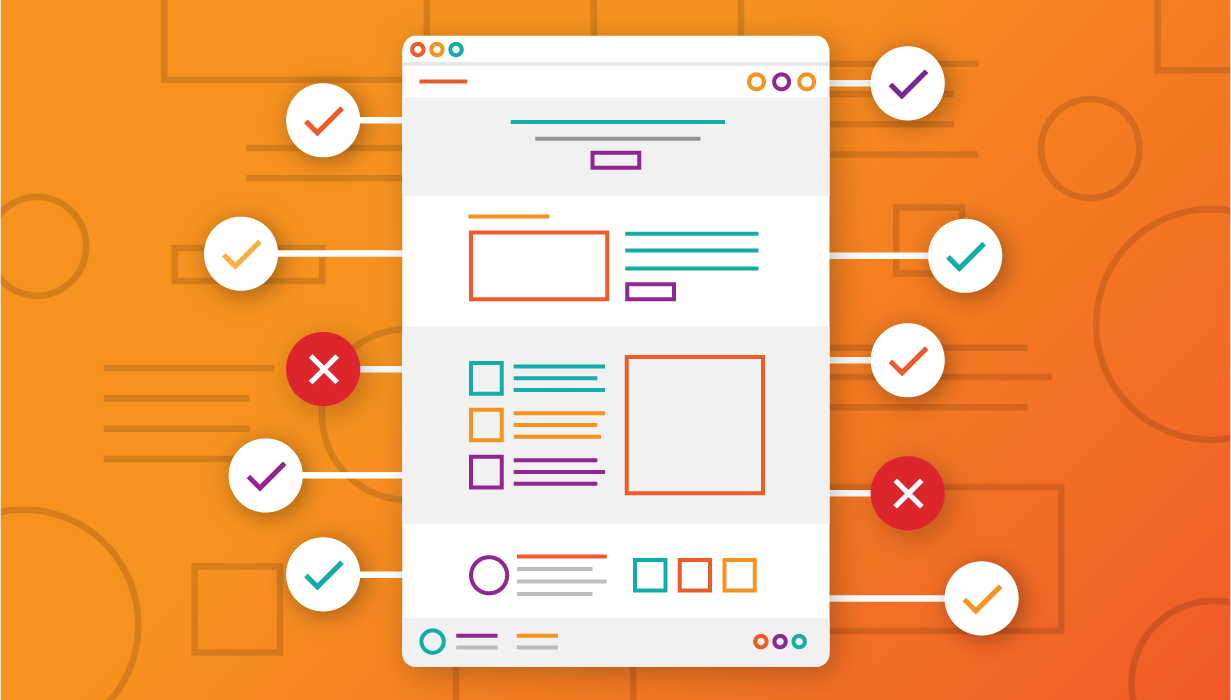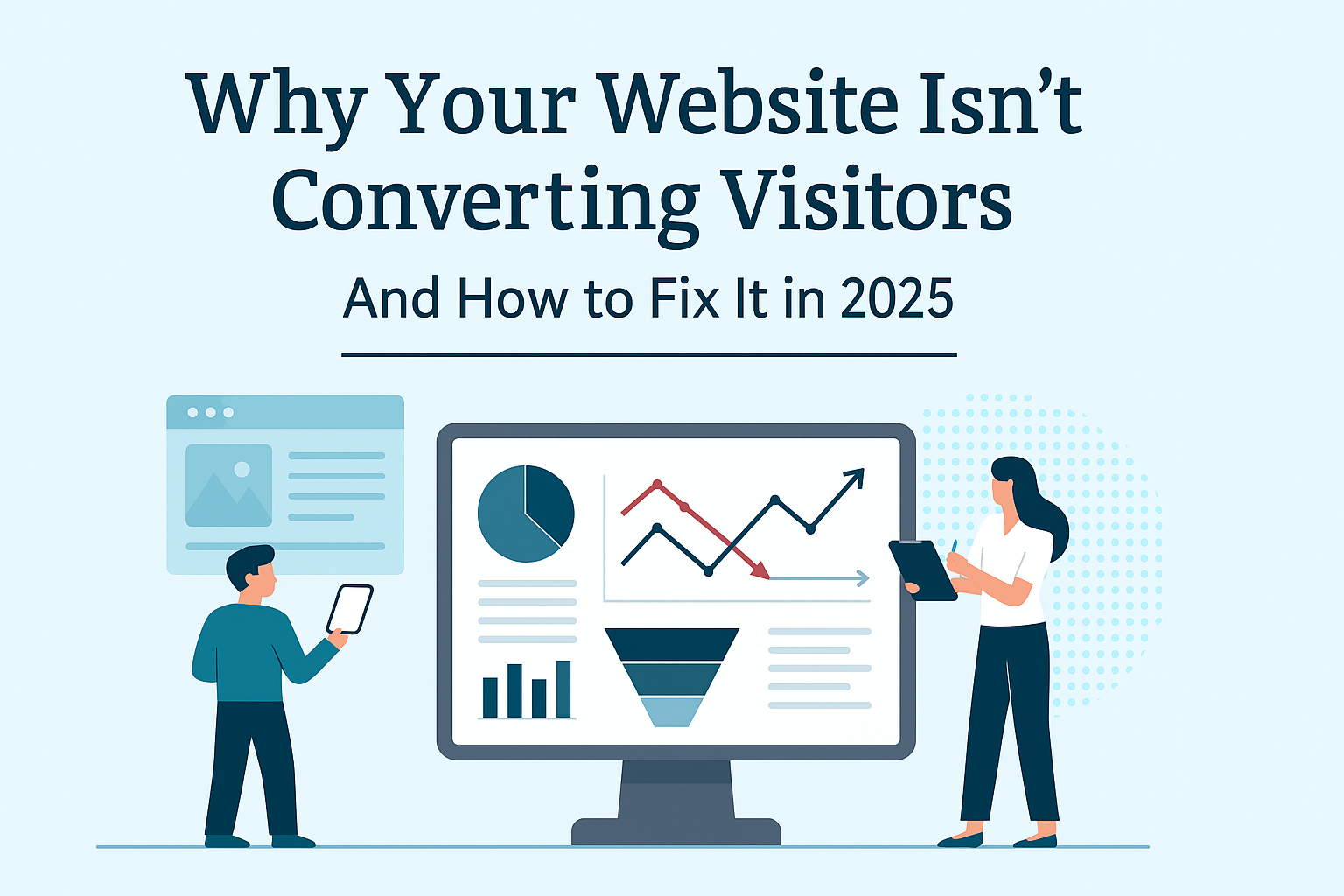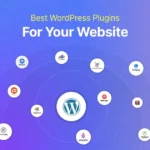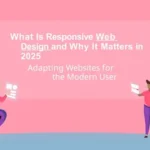
The Essential Web Accessibility Checklist for 2025
In 2025, inclusive design is not just good practice—it’s a necessity. With global digital regulations expanding and user expectations rising, ensuring your website is accessible to everyone has never been more important. At Grivista, we believe that accessibility is fundamental to excellent web design. Here’s your comprehensive checklist to build accessible, user-friendly, and compliant websites.
1. Follow WCAG 2.2 Guidelines
The Web Content Accessibility Guidelines (WCAG) 2.2 are the gold standard for accessibility compliance. Your site should meet at least AA level conformance to ensure usability for most users with disabilities.
2. Use Semantic HTML
Proper use of <header>, <nav>, <main>, and <footer> tags helps assistive technologies understand your content structure. Avoid div-heavy layouts where possible.
3. Ensure Sufficient Color Contrast
Text must have adequate contrast against its background. Use tools like WebAIM Contrast Checker to ensure compliance. This improves readability for users with visual impairments or color blindness.
4. Provide Alt Text for Images
Every meaningful image should have descriptive alt attributes. This allows screen readers to convey image information. Decorative images can use alt="".
5. Make All Interactive Elements Keyboard Accessible
Users should be able to navigate and activate all features—like menus, forms, buttons, and modals—using only a keyboard. Include clear focus indicators (like outlines) for each element.
6. Use ARIA Landmarks Wisely
ARIA roles (e.g., role="dialog", role="alert") help screen readers interpret dynamic content. Don’t overuse ARIA; rely on native HTML first and enhance where necessary.
7. Add Accessible Forms
Every <input> or <select> field must have a corresponding <label>. Include helpful error messages and instructions with clear contrast and visibility.
8. Include Skip Navigation Links
Provide a “Skip to main content” link that lets keyboard users bypass repetitive navigation and jump directly to the page content.
9. Caption All Multimedia
Videos must include closed captions. Provide transcripts for audio files. Consider descriptive video tracks for users who are blind or visually impaired.
10. Test with Real Users and Tools
Use tools like:
- WAVE by WebAIM
- axe DevTools
- VoiceOver (Mac), NVDA (Windows)
But don’t stop at tools—invite real users with disabilities to test your site and share feedback.
Why It Matters
Accessible websites:
- Reach a wider audience
- Improve SEO by providing structured, clear content
- Comply with legal standards like ADA, EN 301 549, and more
Most importantly, they create a better, more inclusive experience for everyone.
Need Accessibility Help?
At Grivista, we build and audit websites for accessibility from the ground up. Contact our development team for a full accessibility audit or to integrate accessibility into your next project.








